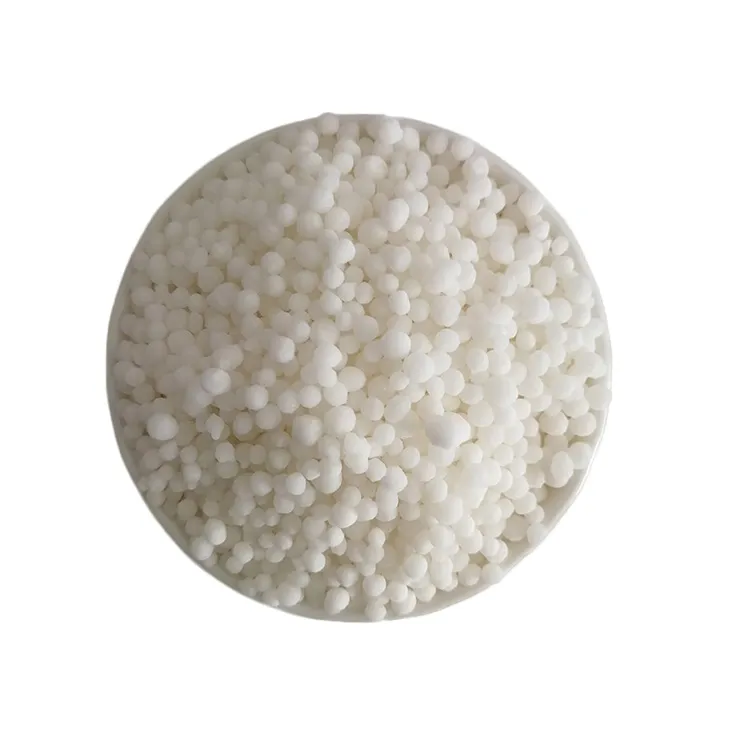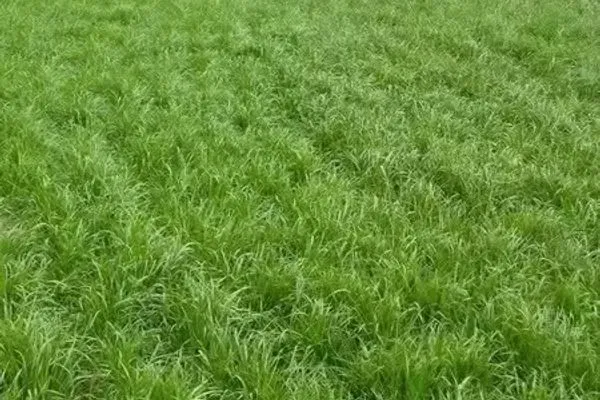Avoid your inquiry is delay response, please enter your WhatsApp/Skype along with the message, so we can contact you at the very first time.
We will reply you within 24 hours. If for urgent case, please add WhatsApp/WeChat:
Warning: Undefined variable $public in /www/wwwroot/lvfertilizer.com/wp-content/themes/hyhadmin/header.php on line 350
Warning: Trying to access array offset on value of type null in /www/wwwroot/lvfertilizer.com/wp-content/themes/hyhadmin/header.php on line 350
,. Or call
Warning: Undefined variable $public in /www/wwwroot/lvfertilizer.com/wp-content/themes/hyhadmin/header.php on line 350
Warning: Trying to access array offset on value of type null in /www/wwwroot/lvfertilizer.com/wp-content/themes/hyhadmin/header.php on line 350
directly.
Patchy grass, wasted fertilizer, and rising costs hurt yields. Quick fixes spike growth, then fade. Choose a slow release plan that feeds your soil steadily so plants stay strong and budgets stay calm.
A slow-release nitrogen fertilizer delivers nitrogen gradually over weeks or months, matching plant demand and reducing loss. Compared with a quick-release fertilizer, it lowers burn risk, improves nitrogen use efficiency, and supports consistent growth for a green lawn and healthy crops. Use coatings or organic sources that release nitrogen at a controlled release rate.
A slow-release fertilizer is a fertilizer designed to release nutrients over time rather than all at once. In practice, the release of nitrogen is paced by a release mechanism—for example, a polymer film around fertilizer granules, a sulfur layer, or organic forms that soil microbes break down. This pacing aligns nutrient delivery with plant growth.
In the field, we see steadier color, fewer flushes, and less risk of excess salts that can burn your lawn. Whether you manage turf or broadacre crops, the goal is better fertilizer use and more available nitrogen throughout the growth window. As a leading manufacturer and exporter in China, we build these technologies into dependable fertilizer product lines for distributors, farms, and OEM partners.

The principle of slow-release nitrogen fertilizer
Slow-release vs fast: slow-release formulations meter nitrogen over weeks. Quick release forms like uncoated urea or ammonium nitrate dissolve fast, spike growth, and are more prone to loss. That’s why slow-release and quick-release work best as tools, chosen by timing, climate, and crop needs.
Quick-release fertilizer has its place for rapid green-up or rescue, but in hot, wet soil conditions, it can leach, volatilize, or overshoot growth. Slow release nitrogen programs spread response, often improving use efficiency and lowering labor for lawn maintenance or topdressing cycles.
Think of a tiny valve on each prill. In coated systems, water enters, dissolves urea nitrogen inside, and diffusion controls the release process. Temperature and soil solution dynamics set the release rate and release patterns. This engineering lets us control nutrient release so plants receive a steady plant nutrient supply.
With organo-mineral or organic matter sources, microbes and moisture drive the nutrient release curve. Either way, the nutrient release mechanism aims to match demand, reduce surges, and stabilize color and yield.
There isn’t just one type of fertilizer in this category. Major families include:
A popular urea fertilizer format is polymer-coated prills. The coating acts like a semi-permeable membrane—water in, release of urea solution out—delivering a sustained release of nitrogen.

Urea Fertilizer (46% Nitrogen)
Soil texture, temperature, and moisture shift the curve. Warm, moist soil speeds diffusion and microbial activity; cool, dry soil slows it. Good plant soil preparation (tilth, pH, organic inputs) improves contact and consistent nitrogen release.
Irrigation and rainfall matter too. Excess water can carry soluble forms downward, while timed irrigation supports predictable release mechanism behavior. In sandy soil, slow, steady feeding reduces loss; in heavier soil, it smooths delivery to roots and stabilizes plant growth.
For lawn care, use slow-release lawn programs in spring and early summer to fuel steady leaf and root growth with minimal surge. This reduces clippings, avoids tip burn, and supports a healthy lawn that resists heat stress and foot traffic. Many fertilizers for lawns pair slow-release with some fast release for a balanced response.
Aim for a lawn fertilizer plan that aligns with climate. If you apply too much nitrogen at once, you can burn your lawn. A paced feed is more environmentally friendly and keeps color even.

when should I use slow-release lawn fertilizer for a green lawn?
Labels show N–P–K (e.g., 20-5-10). The first number is total nitrogen. Look for the percentage of available nitrogen that is slow-release and note nitrogen content from coated sources. That tells you how long the feeding may last.
Amount of fertilizer depends on turf species, soil tests, and season. In general npk fertilizers with high nitrogen content are chosen for cool-season turf recovery, while balanced blends support roots. Always consider nitrogen in a fertilizer relative to your program frequency and area size.
Most slow-release technologies are granular because coatings are easier on fertilizer granules. That said, some liquid fertilizer or nitrogen liquid formulations use stabilized chemistry to slow loss or extend feeding. A liquid plant food can be part of a hybrid program: liquids for quick correction, granules for season-long feeding.
For distributors, stocking both formats helps meet pro lawn crews’ scheduling needs. We supply coated granulars and compatible liquids so crews can use slow-release where it counts and still fine-tune color with foliar passes.
By pacing delivery, slow-release fertilizer strategies keep more nitrogen in the root zone. Compared with traditional fertilizers, well-matched release can cut volatilization and leaching. Research and field programs show fertilizers reduce losses when coated or biologically moderated, lowering nitrogen volatilization risk—especially compared with some conventional fertilizers and chemical fertilizers in hot, windy conditions.
This can improve nitrogen use efficiency at the farm or municipal level. Higher NUE means the same yield with less product, or more yield with the same rate. That’s good stewardship and smart budgeting for sports fields, lawn services, and row crops.
| Feature | Slow-Release (coated/organic) | Quick-Release (uncoated) |
| Response | Steady color, fewer surges | Fast green-up, short-lived |
| Risk of burn | Low when labeled rates followed | Higher if overapplied |
| Loss pathways | Lower volatilization and leaching | Higher in hot/wet conditions |
| Labor | Fewer applications | More frequent touch-ups |
| Best use | Season feeding, lawn programs, base N | Rescue, early spring push |
Tip: Pair them. Many release fertilizers programs blend both to balance immediate pop and season-long feeding.
| Formulation | Example window | Notes |
| Sulfur-coated urea | 6–8 weeks | Film thickness drives release rate |
| Polymer coated urea | 8–16 weeks | Temperature affects diffusion |
| Organically derived | 4–12+ weeks | Microbes and organic matter drive release of nutrients |
These windows are guidance; actual performance depends on soil conditions, irrigation, and climate.
On a municipal pitch, a 45% fertilizer program with 70% slow-release base reduced passes from 6 to 3 per season while holding color. The field crew reported less surge growth and fewer clippings, saving labor hours.
In maize trials with a 44-0-0 coated fertilizer, growers observed steadier leaf N and a 10–20% lift in use efficiency relative to uncoated synthetic fertilizers at the same rate. Yield gains came from matching uptake to the release patterns under regional weather variability.
“Steady feeding is our insurance against heat spikes,” notes our agronomy team. “It keeps plant food there when roots need it.”
Yes. While this guide focuses on nitrogen, phosphorus supports roots and potassium boosts stress tolerance. Some coated fertilizer blends include P and K; others are straight N for spoon-feeding programs. Always align your blend with soil tests and target plant growth stage.
We produce single-nutrient and blended fertilizer SKUs so you can match analysis to your agronomy plan.
A good label tells you how the fertilizer encapsulated the prill, the percent coated N, and total nitrogen. It should also state if there are stabilizers, micronutrient packages, or specialty additives. For compliance and bidding, keep spec sheets on-hand for municipalities, golf, or large farms.
As a manufacturer, we document coating type, film percentage, and testing—key details for procurement teams and OEM private-label buyers who need repeatability across shipments.
Yes. Many inorganic fertilizers can be coated or paired with organic sources to tailor timing. In warm climates or irrigated systems, the benefit grows because coatings temper heat-driven loss. For cool climates, extended feeding reduces early-season gaps that conventional fertilizers can leave after their initial flush.
You can also use coated N in blends with fertilizers like MAP or SOP based on soil test results for nitrogen and phosphorus balance.
This approach keeps fertilizer dollars productive and supports a consistent green lawn or crop canopy.
We are a leading manufacturer and exporter of high-quality fertilizer in China specializing in coated n fertilizer lines and private-label programs. We offer:
Ask about trials comparing coated vs fast release uncoated urea on your soils. We’ll help quantify gains in use efficiency and labor savings.
Will slow-release cost more than uncoated products?
Per bag, yes, but better use efficiency and fewer applications often even out cost per season. Many clients find overall program costs flat while quality rises.
Can I mix slow-release with liquids?
Yes. Use coated granulars for base feeding and supplement with liquid fertilizer for in-season correction. Some liquids include stabilizers that modestly extend feeding.
Will coatings work in very cold weather?
Diffusion slows in cold soil, so response starts later. Plan earlier applications so feeding aligns with uptake once temperatures rise.
Is slow-release only for lawns?
No. Fertilizer programs with coatings fit orchards, cereals, vegetables, and sports turf. The principle is the same: match feeding to demand to minimize losses.
What if my specs require urea only?
Choose coated urea or polymer coated urea to meet spec while moderating release. We can document coating type and nitrogen content for bid requirements.
Do slow-release products reduce environmental risk?
They help by moderating loss pathways such as nitrogen volatilization. Correct timing and irrigation are still essential.